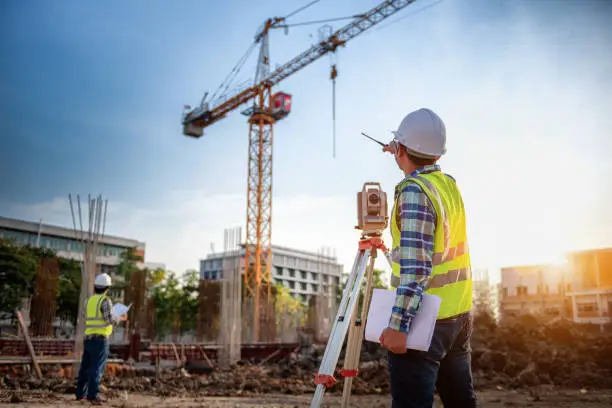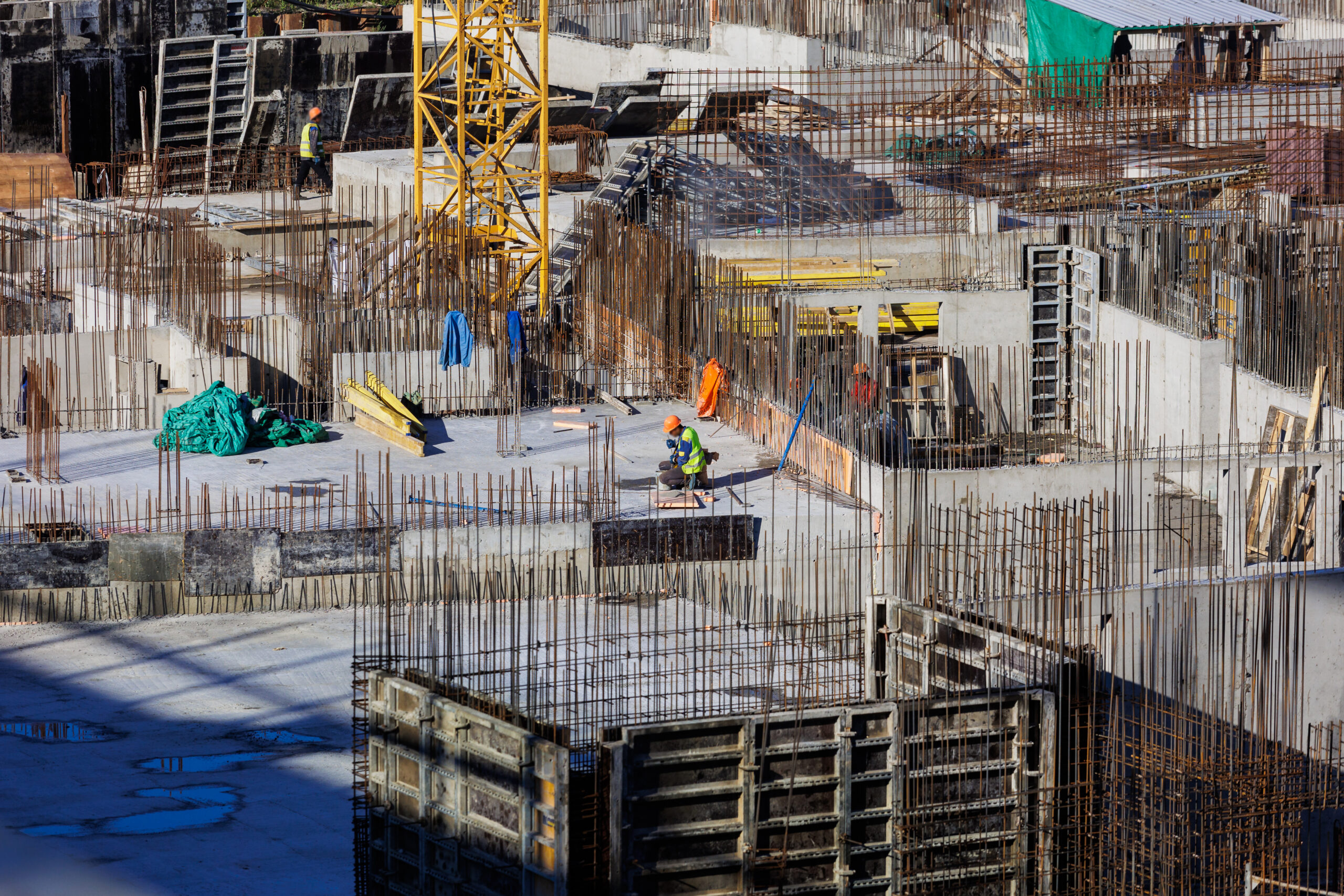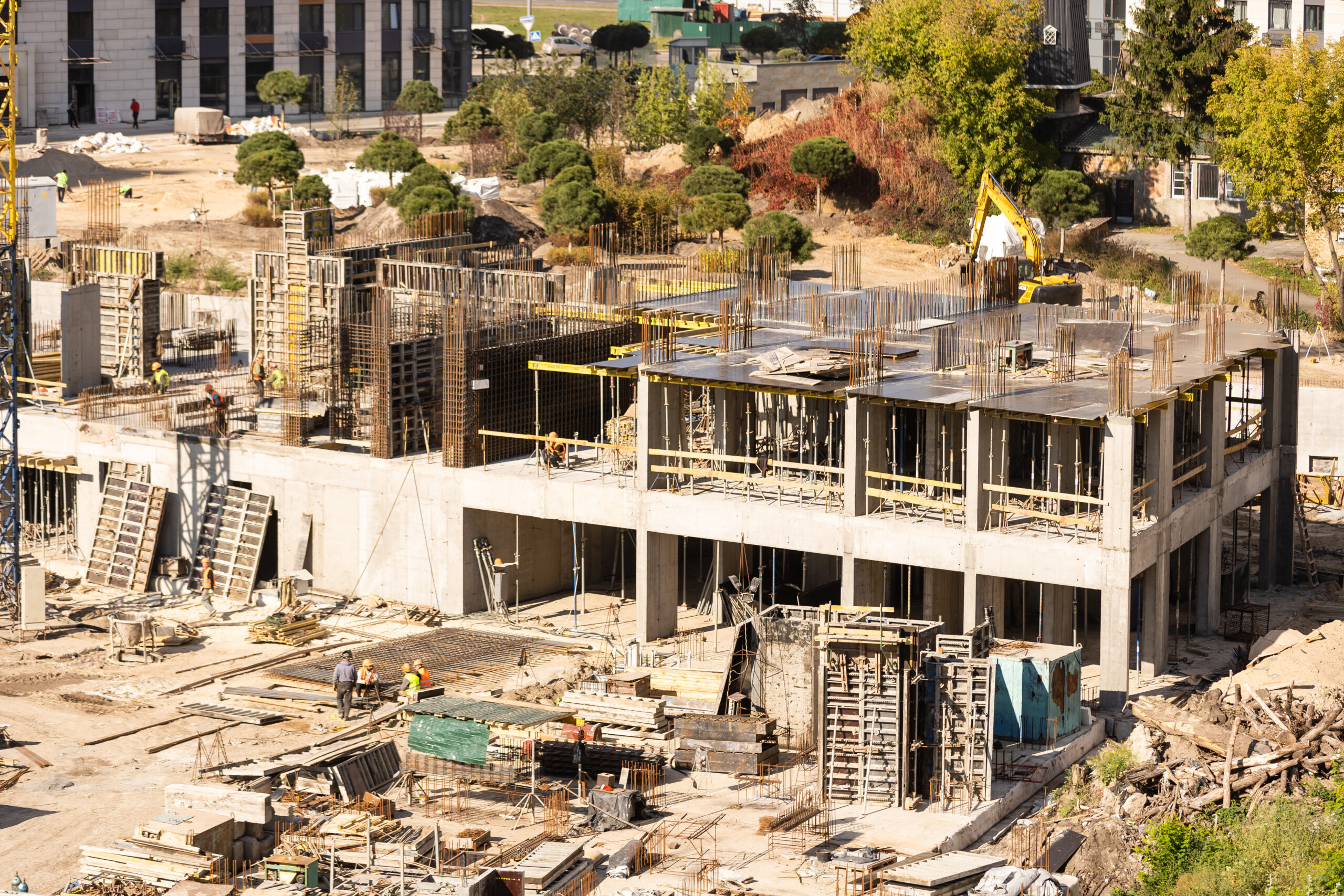Building Tomorrow: Drones and the Future of Construction Job Sites


Richard E. Lopez always believed in the transformative power of technology, and drones have been a passion of mine for years. In 2011, when I first started exploring the potential of drones in the construction industry, I envisioned a future where they could revolutionize everything from site inspections to safety protocols. It’s been incredible to watch this vision take flight, but there’s still so much more we can do—especially here in America.
Notable Milestones:
- August 2018 – Commercial UAV News: In 2018, I contributed to a comprehensive guide on how to create a successful drone program for construction enterprises. This guide is essential for companies looking to integrate drone technology into their workflows, offering strategies for implementation, safety considerations, and tips for maximizing ROI in construction projects.
- September 6, 2019 – DRONELIFE: I had the honor of leading our team at Hensel Phelps in obtaining one of the first FAA waivers for drone operations over people. This was a groundbreaking achievement, setting a new standard for safety and efficiency in construction projects using drones.
- November 5, 2019 – Inside Unmanned Systems: At the Commercial UAV Expo in Las Vegas, I joined industry experts to discuss how drones have evolved into essential tools in construction. We highlighted the rapid data collection and decision-making capabilities drones offer, which are transforming our industry.
- February 20, 2020 – CONEXPO-CON/AGG: I shared my insights on how drones are making construction more efficient, affordable, and safer. This article underscored the significant time and safety benefits that drones bring to construction projects, showcasing their growing importance in our industry.
U.S.-Manufactured Drone Companies in Construction:
The top U.S.-manufactured drone companies are leading the way in transforming the construction industry through several key innovations:
- Autonomous Navigation and AI Integration
These drones are equipped with advanced AI that enables autonomous navigation, allowing them to navigate complex construction sites with minimal human intervention. This technology reduces the need for manual inspections, increases safety, and allows for more efficient site monitoring. - Real-Time Data Collection and Analysis
Integrated data solutions allow these drones to collect and analyze data in real-time. This capability is crucial for construction managers who need to monitor site progress, conduct volumetric analysis, and ensure safety compliance. The ability to quickly process and act on data leads to faster decision-making and reduces project timelines. - High-Resolution Mapping and 3D Modeling
Drones equipped with high-resolution cameras and advanced sensors are used to create detailed 3D maps and models of construction sites. This allows for better planning, monitoring, and execution of projects, ensuring that all aspects of the site are accurately captured and analyzed. - Extended Flight Time and Hybrid Power Systems
Some drones are designed with extended flight times, either through advanced battery technology or hybrid power systems such as hydrogen fuel cells. This allows for longer-duration inspections and surveys, reducing downtime and increasing the efficiency of large-scale construction projects. - Modular and Customizable Design
The modular design of these drones allows them to be customized for specific construction tasks. Whether it’s for site surveillance, mapping, or inspection, these drones can be equipped with various sensors and tools to meet the unique needs of different projects. - Precision and Accuracy in Inspections
Drones designed for precision and stealth are essential for high-quality imagery and data collection. Their ability to perform detailed inspections without disturbing the site makes them invaluable tools for ensuring the structural integrity and safety of construction projects. - Integration with Cloud-Based Platforms
The integration of drones with cloud-based platforms enables seamless data transfer and access, allowing construction teams to work collaboratively and efficiently. This connectivity ensures that everyone involved in the project has access to up-to-date information, enhancing communication and coordination. - Environmental Monitoring and Sustainability
Some drones are specifically designed for environmental monitoring, helping construction companies comply with environmental regulations and minimize their impact on the surrounding area. These drones can detect environmental hazards, monitor air quality, and assess the impact of construction activities on the environment. - Versatility Across Different Construction Tasks
These drones are versatile and can be used for a wide range of construction tasks, from initial site surveys and mapping to ongoing inspections and final project documentation. Their ability to adapt to different phases of construction makes them invaluable tools throughout the lifecycle of a project. - Safety Enhancements
The use of drones significantly enhances safety on construction sites by reducing the need for workers to perform dangerous tasks, such as inspecting tall structures or operating in hazardous environments. Drones can access hard-to-reach areas and provide real-time data, ensuring that potential safety issues are identified and addressed promptly.
Overall Impact
These advancements are not just incremental improvements; they represent a fundamental shift in how construction projects are planned, executed, and monitored. By integrating these cutting-edge technologies, the construction industry is becoming more efficient, safer, and more sustainable. The widespread adoption of drones is leading to reduced costs, faster project timelines, and higher-quality outcomes, making them an indispensable part of modern construction practices.
A Call to Action:
It’s been a few years since I flew a drone full-time, and in that time, I’ve observed a frustrating reality—not much has changed in the evolution of drones in the construction industry. This begs the question: Why?
Is it the construction industry’s reluctance to embrace change, clinging to traditional methods and workflows? Or is it the lack of innovative, breakthrough technology that’s holding us back? The answer likely lies somewhere in between, but one thing is clear—we cannot afford to stagnate.
The construction industry is one of the most critical sectors for our economy, and yet, it often lags behind in adopting new technologies that could vastly improve efficiency, safety, and outcomes. It’s time for us to take a hard look at why we aren’t pushing the boundaries further.
To my fellow professionals, innovators, and investors: Let’s not wait for change to happen—we must be the catalysts. The potential of drones to revolutionize construction is immense, but only if we fully commit to integrating advanced technologies like AI and autonomous systems into our practices. These are not just tools for the future—they are the tools we need right now.
We must ask ourselves: Are we truly ready to embrace the next generation of drones? Are we prepared to demand more from the technology and ourselves? Because the reality is, the drones of tomorrow—rugged, intelligent, autonomous—won’t just appear out of nowhere. They need visionaries and leaders who are willing to push for progress, challenge the status quo, and drive innovation forward.
The future of construction doesn’t just lie in the hands of technology developers; it lies in the hands of those who dare to evolve. If we are to build the future from the skies down, we need to start today. The time for incremental change has passed. Now is the moment for a revolutionary change.
Let’s break free from the constraints of the past and lead the charge into a new era of construction innovation. The technology is within our reach—let’s seize it.
The time to act is NOW.





